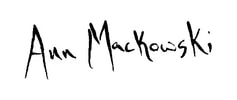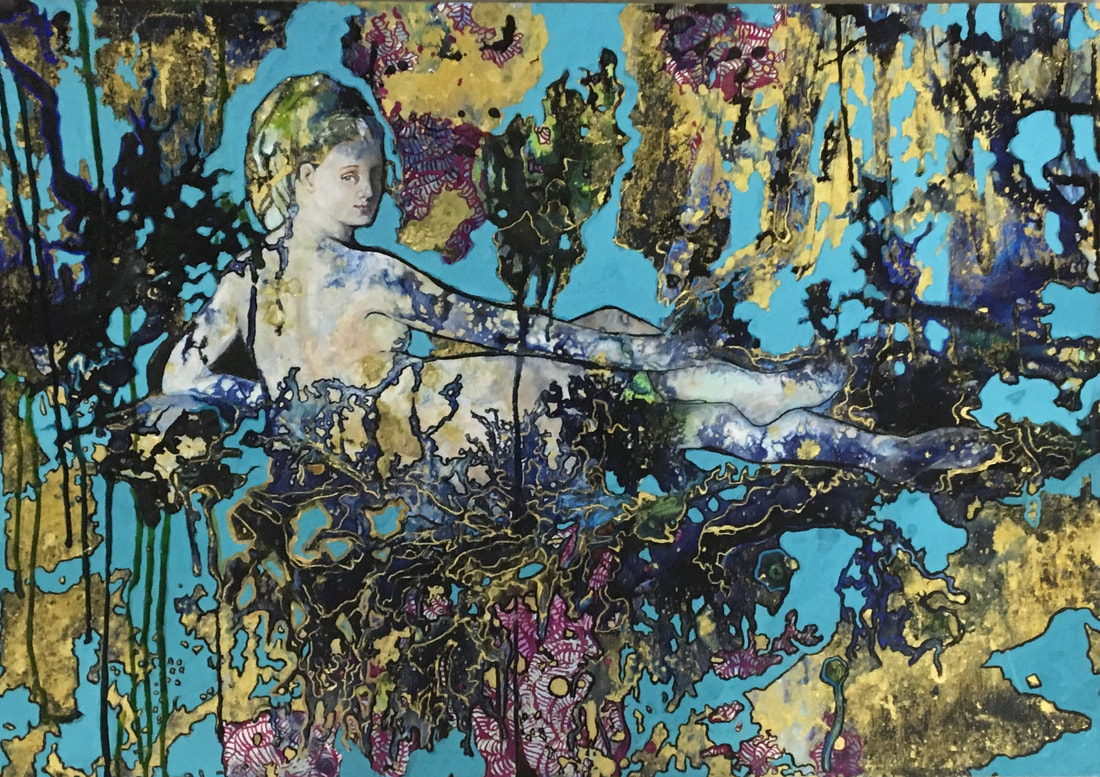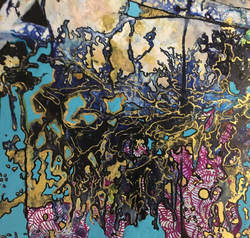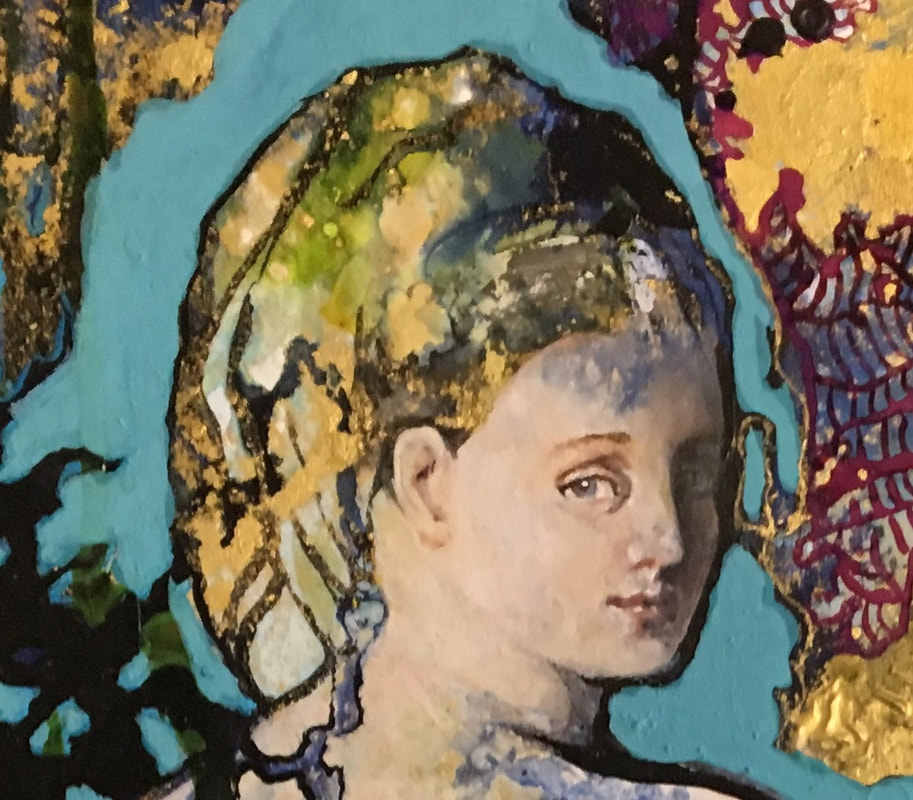Odalisque is part of a series of works exploring Orientalism in 18th and 19th century artwork as a form of mythology, and the place of female subjects within these works. Borrowed from Ingres' , the painting depicts a concubine reclining with seeming ease. I had approached the subject after reading the writing of Lady Mary Wortley-Montagu (1689-1762) --a remarkable woman who, as wife of the British Ambassador to the Ottoman Empire, travelled extensively throughout ----. Sociable and charismatic, Wortley-Montagu, she was able to access insight into the half of society inaccessable to, or ignored by men. Her exploits reveal what life is like in a nunnery, how in France it was common for women to have boyfriends outside of marriage--she can even be credited with bringing the idea of smallpox innoculation, having been able to enter female-only realms in Turkey and witnessing the practice among mothers. She brought the practice back to England in 1718--a full 78 years before Jenner's discovery of a vaccine.
My interest in Wortley-Montagu, who was a trendsetter in the Orientalist movement, led me to reconsider the works of Ingres. While Ingres depicts women as mysterious, lounging creatures; Wortley-Montagu's own forays into female only Hamams actually describes proud, self-possessed women and witty conversation. Ingres' Odalisque, although beautiful, is completely unnatural. In my groundwork for the painting, I had one of my models (I run a life-drawing class) attempt the pose, and we soon realised it was nearly impossible to replicate.
My "Odalisque" describes it's subject as semi-present, moving in and out of the inkwork surrounding her. It reconfigures Ingres' original work in a way that presents its subject outside of his imagined interiors of bath-houses and calls attention to it's isolation from reality.
My interest in Wortley-Montagu, who was a trendsetter in the Orientalist movement, led me to reconsider the works of Ingres. While Ingres depicts women as mysterious, lounging creatures; Wortley-Montagu's own forays into female only Hamams actually describes proud, self-possessed women and witty conversation. Ingres' Odalisque, although beautiful, is completely unnatural. In my groundwork for the painting, I had one of my models (I run a life-drawing class) attempt the pose, and we soon realised it was nearly impossible to replicate.
My "Odalisque" describes it's subject as semi-present, moving in and out of the inkwork surrounding her. It reconfigures Ingres' original work in a way that presents its subject outside of his imagined interiors of bath-houses and calls attention to it's isolation from reality.



